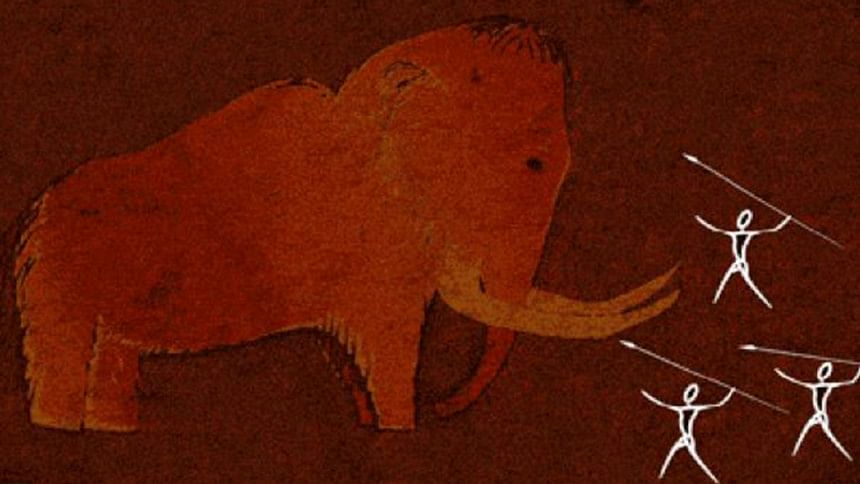Study reveals prehistoric human presence in Arctic

Humans were in the Arctic at least 45,000 years ago, revealed a new study that describes a brutal mammoth hunting by humans from that time.
The discovery, published in Science, extends the earliest human presence in the Arctic by 10,000 years, and opens up the possibility that humans might have entered North America much earlier than previously thought, given that they were close to the entry point at the Bering land bridge, reports Discovery News.

The scientists concluded that the mammoth lived and died at a latitude of 72 degrees north about 45,000 years ago, as shown by radiocarbon dating which narrowed down the timing of the attack. This is surprising because previously it was thought that humans had not made it past 55 degrees north during that period, which is not far enough to be considered part of the Arctic Circle.
"Mammoth tusks were the main target for them, providing raw materials to produce long points and full-size spears, becoming a substitute for wood that equipped spears with shafts," Vladimir Pitulko, also the lead author of the study, told Discovery News.
"This is especially important for questions related to the peopling of the New World, because now we know that eastern Siberia up to its Arctic limits was populated starting at roughly 50,000 years ago," he added.
The study found that the hunters threw spears at the mammoth that hit its shoulders and went through its muscle tissue. The hunters apparently missed their desired wound points several times as they frantically stabbed the beast at close range, revealed by other injuries. The scientists suspect that the goal was to cut major arteries to cause mortal bleeding. The mammoth's both ribs were bashed by the hunters with glancing blows, which suggested that the men were trying to damage its internal organs too.
The hunters finally succeeded in killing their prey after multiple stabs with weapons that were ironically likely to be made of mammoth tusks. It was probably then eaten on site as a ritual food or delicacy.
A mammoth was not only a source of food to humans back then, but also of fuel (dung, fat, bones) and raw materials for constructing tools, Pitulko explained.

 For all latest news, follow The Daily Star's Google News channel.
For all latest news, follow The Daily Star's Google News channel. 








Comments